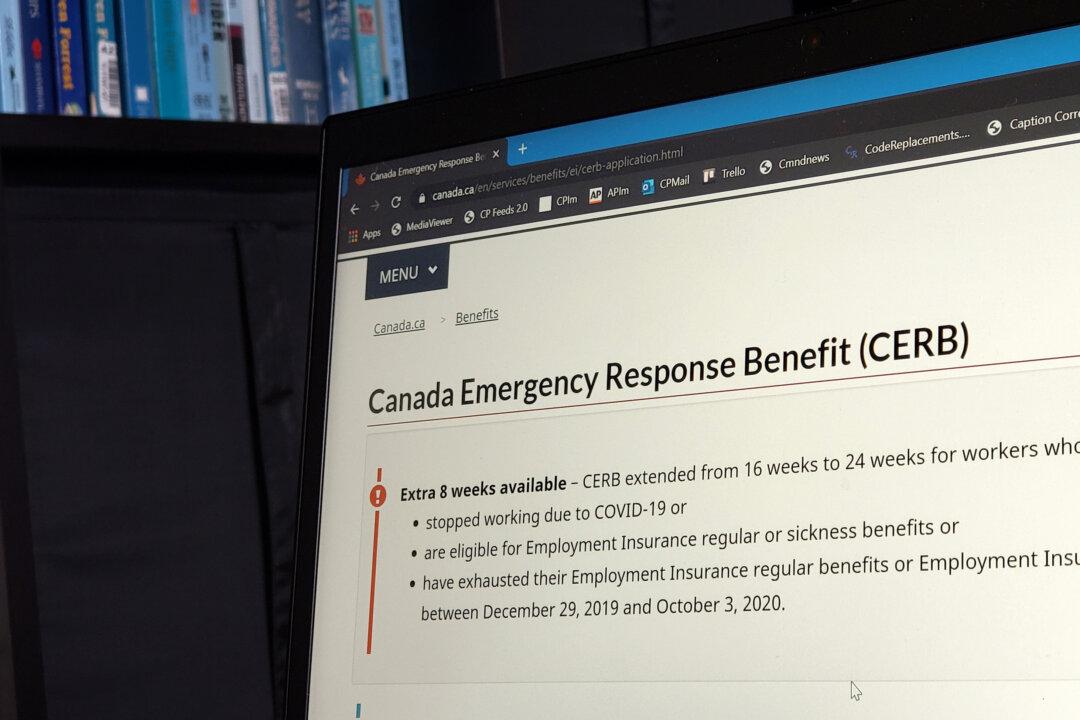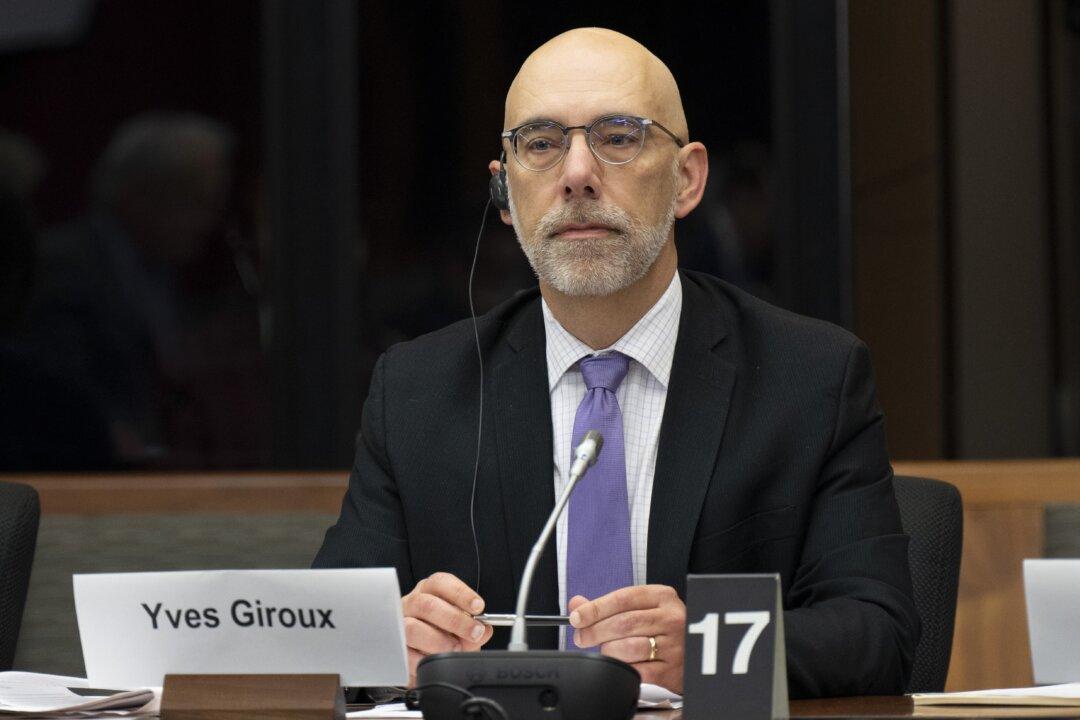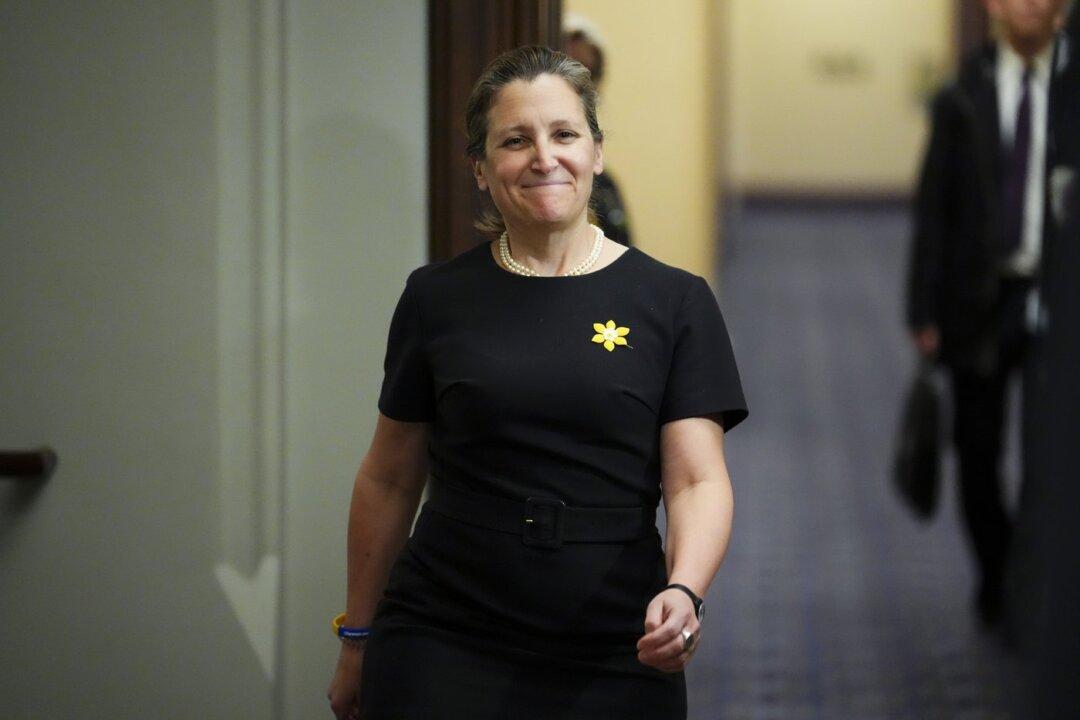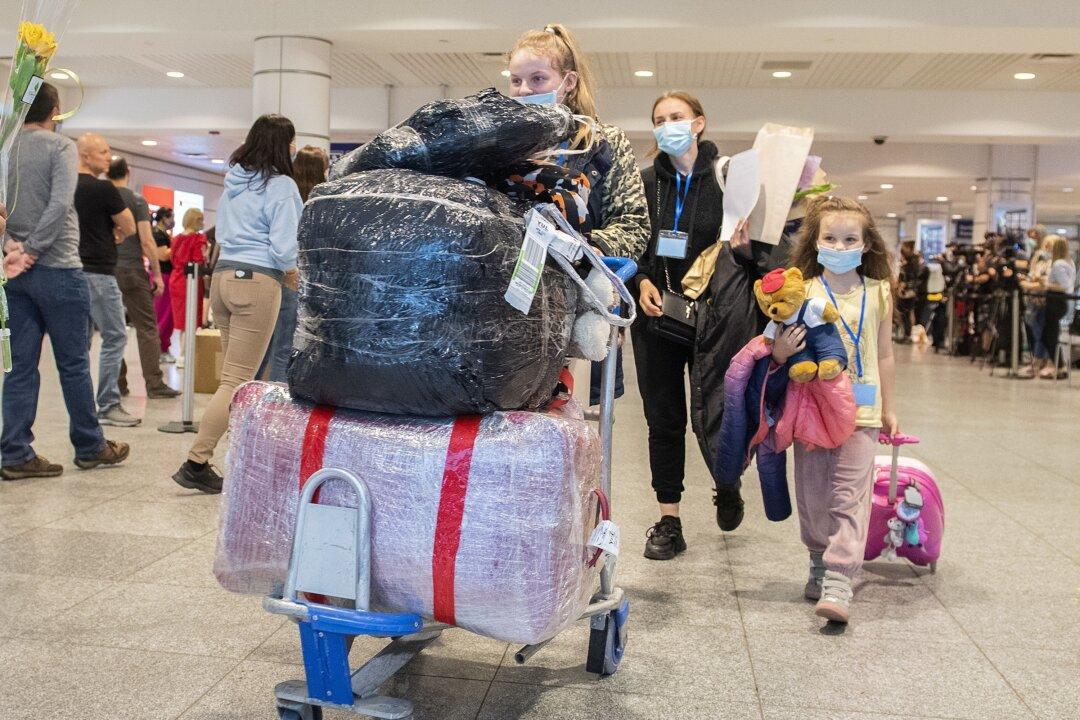Over 1 million post-secondary students collected the federal government’s pandemic relief subsidies in 2020, according to a new Statistics Canada report, which also found that thousands of students collected more than just one of the available benefits.
“Almost two-thirds of postsecondary students (65.4%) received emergency benefits,” says the report titled, “Postsecondary students receiving payments from the Canada Emergency Response Benefit (CERB) and the Canada Emergency Student Benefit (CESB) in 2020,” published on Jan. 16, as first reported by Blacklock’s Reporter.





